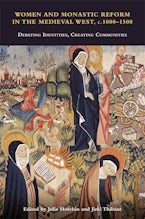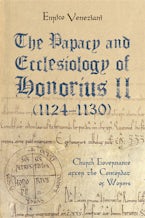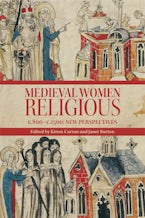
Title Details
352 Pages
23.4 x 15.6 cm
5 b/w illus.
Series: Studies in the History of Medieval Religion
Series Vol. Number:
53
Imprint: Boydell Press
The Papacy and Ecclesiology of Honorius II (1124-1130)
Church Governance after the Concordat of Worms
- Description
- Contents
- Author
A complete reappraisal of the papacy of Honorius II, highlighting the strategies to which this pontificate turned in order to govern ecclesiastical institutions and to deal with secular matters.
The papacy of Honorius II (1124-1130) has often been overlooked by historians, usually considered uneventful, transitional and colourless. This book offers a complete reappraisal, drawing on a detailed examination of the surviving letters produced by the papal chancery to show that conversely, it was a vital and innovative pontificate. It argues that during what was a stabilising period for the papacy in an era of peace, Honorius and the chancery were able to enact the instruments and ecclesiological claims dictated by external threats and produced during previous papacies. In particular, it shows that by adapting the content and form of the letters it issued, Honorius's chancery, led by the official Haimeric, played a decisive role in extending the ecclesiological thinking of the papacy. Furthermore, these years paved the way for ideas which were further developed later in the twelfth century, especially the arguments created by the warring parties in the Schism of 1130 to legitimise their respective popes.
This study thus presents a different view of Honorius' administration, highlighting the strategies to which the papacy turned in order both to govern ecclesiastical institutions and to deal with secular matters, when previous protocols and routines could no longer be relied upon.
The papacy of Honorius II (1124-1130) has often been overlooked by historians, usually considered uneventful, transitional and colourless. This book offers a complete reappraisal, drawing on a detailed examination of the surviving letters produced by the papal chancery to show that conversely, it was a vital and innovative pontificate. It argues that during what was a stabilising period for the papacy in an era of peace, Honorius and the chancery were able to enact the instruments and ecclesiological claims dictated by external threats and produced during previous papacies. In particular, it shows that by adapting the content and form of the letters it issued, Honorius's chancery, led by the official Haimeric, played a decisive role in extending the ecclesiological thinking of the papacy. Furthermore, these years paved the way for ideas which were further developed later in the twelfth century, especially the arguments created by the warring parties in the Schism of 1130 to legitimise their respective popes.
This study thus presents a different view of Honorius' administration, highlighting the strategies to which the papacy turned in order both to govern ecclesiastical institutions and to deal with secular matters, when previous protocols and routines could no longer be relied upon.
LIST OF ILLUSTRATIONS
ACKOWLEDGEMENTS
ABBREVIATIONS
INTRODUCTION
CHAPTER 1: Honorius II and Roman primacy: continuities and innovations
CHAPTER 2: The instruments used to assert Roman primacy
CHAPTER 3: Honorius's deafening silences: his relations with lay powers
CHAPTER 4: Ecclesiology at work: a case study of Montecassino
CONCLUSION
APPENDIX: A preliminary calendar of the letters of Honorius II
BIBLIOGRAPHY
INDEX
ACKOWLEDGEMENTS
ABBREVIATIONS
INTRODUCTION
CHAPTER 1: Honorius II and Roman primacy: continuities and innovations
CHAPTER 2: The instruments used to assert Roman primacy
CHAPTER 3: Honorius's deafening silences: his relations with lay powers
CHAPTER 4: Ecclesiology at work: a case study of Montecassino
CONCLUSION
APPENDIX: A preliminary calendar of the letters of Honorius II
BIBLIOGRAPHY
INDEX
Hardcover
9781837650408
March 2023
£85.00 / $125.00
Ebook (EPDF)
9781800109391
March 2023
£24.99 / $29.95
Ebook (EPUB)
9781800109407
March 2023
£24.99 / $29.95
Title Details
352 Pages
2.34 x 1.56 cm
5 b/w illus.
Series: Studies in the History of Medieval Religion
Series Vol. Number:
53
Imprint: Boydell Press


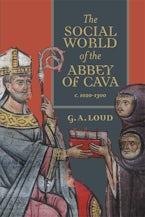
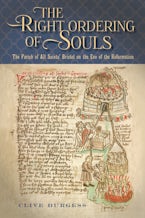
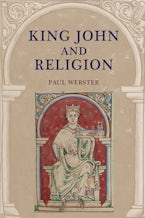

![Thomas of Eccleston’s De adventu Fratrum Minorum in Angliam ["The Arrival of the Franciscans in England"], 1224-c.1257/8](https://boydell-brewer-uk.imgix.net/covers/9781837650620.jpg?auto=format&w=145)
